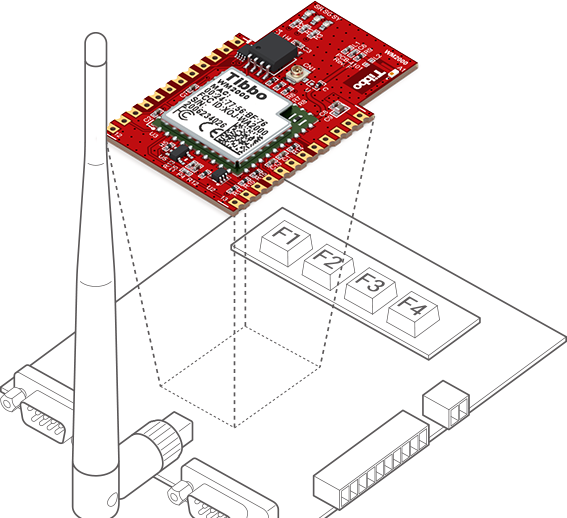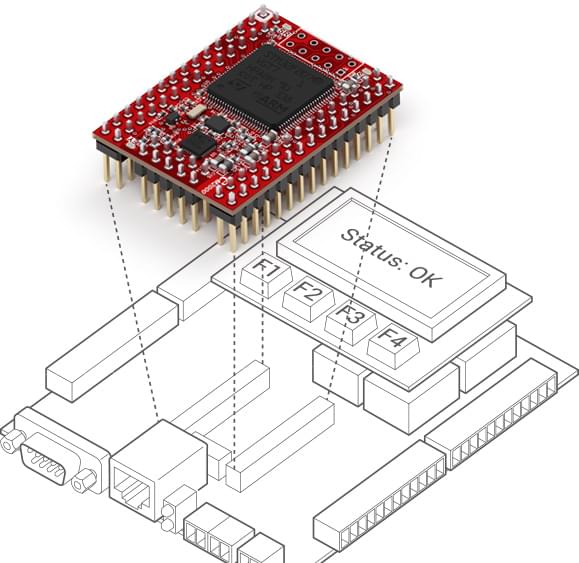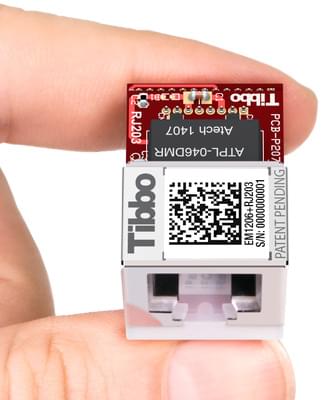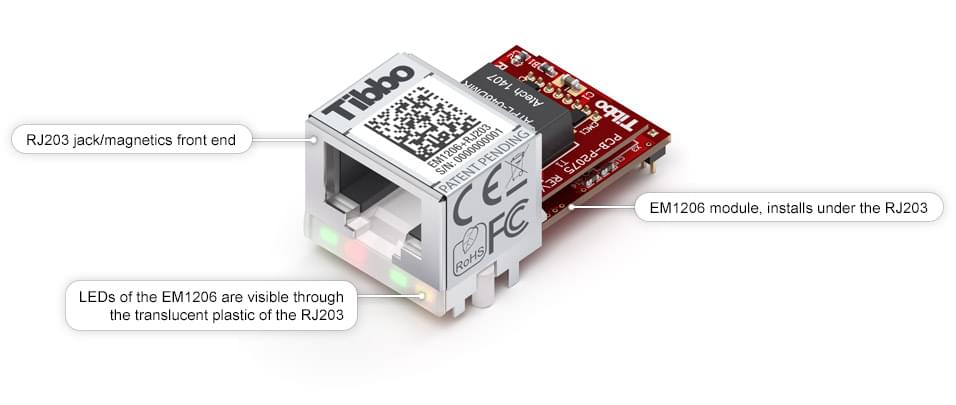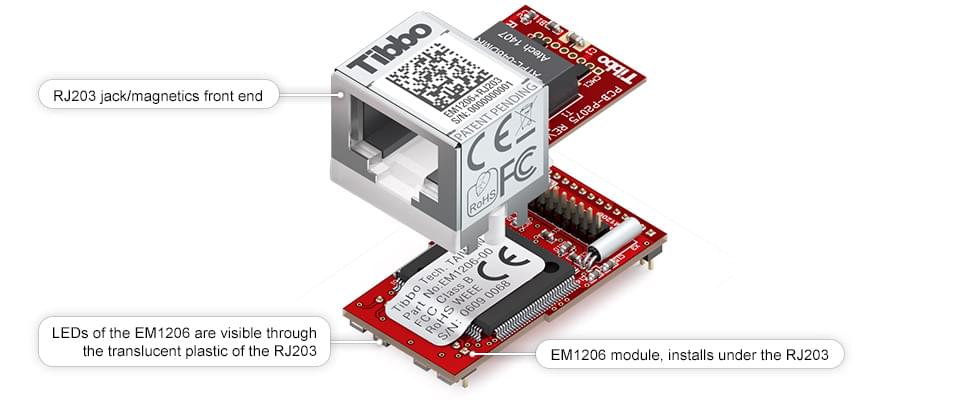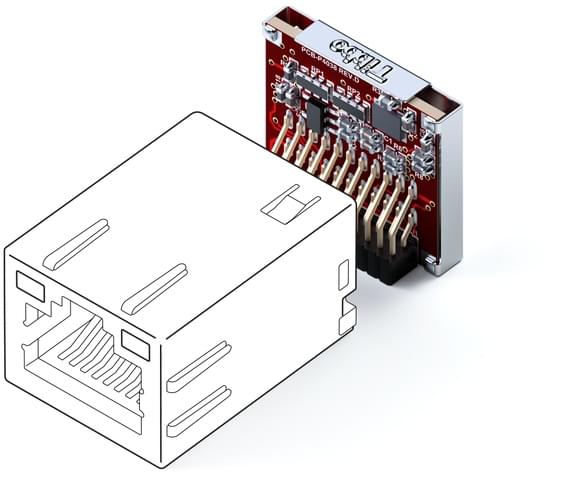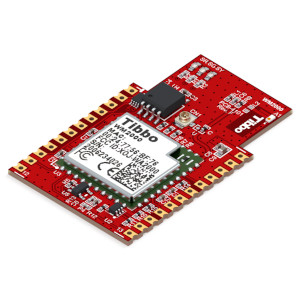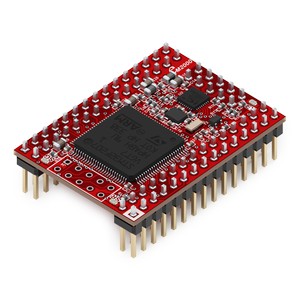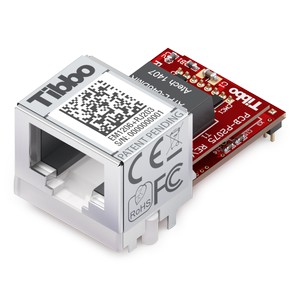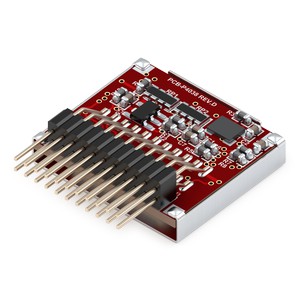The WM2000 is the first programmable wireless Industrial IoT (IIoT) module offered by Tibbo. The device incorporates Wi-Fi and Bluetooth Low Energy (BLE) interfaces that introduce several new features, such as over-the-air (OTA) updates and TLS support.
The WM2000's hardware incorporates two high-speed serial ports. It also features software I²C/SPI ports, onboard flash and EEPROM, a real-time clock, and ten GPIO lines — two of which work as external interrupts. Nine lines can be configured to provide pulse-width modulation (PWM) output.
The WM2000 is the first Tibbo device that can store up to two compiled Tibbo BASIC/C binaries (only one can run at any given time). All our earlier products store a single app that can take up all of the flash space not occupied by system files and TiOS. The WM2000 — which has at least four times the flash storage of any predecessor — allows you to store the second app in the space left over from the first one.
The WM2000 also features a significantly revamped Wi-Fi API facilitating automatic association with a designated wireless network. This makes the module's Wi-Fi interface as easy to use as the Ethernet port on "wired-first" Tibbo devices, and also enables wireless debugging of your Tibbo BASIC/C code.








